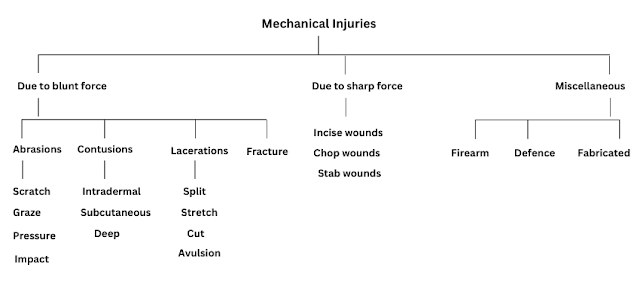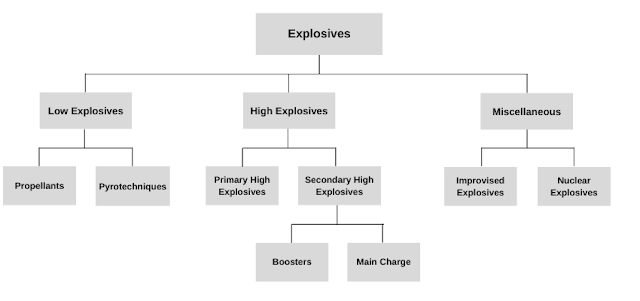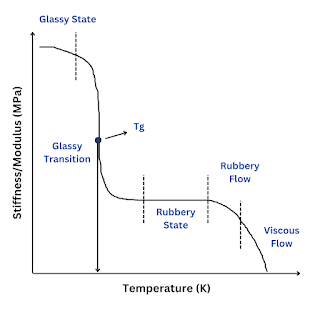Classification of Firearms

1. Classification based on size and handling mechanism 1. Handguns Firearms that are short and compact and can be held in one hand. They have generally short barrels. They are further classified into two types: (a) Revolver A revolver is a short barrel firearm having a cylinder at the rear of the barrel. This cylinder has various chambers in which the cartridge is placed. When the trigger is pulled, the hammer facing one of the chambers of the cylinder strikes the primer of the cartridge, and hence the bullet fires. (b) Pistol A pistol is also a short barrel firearm having a magazine loaded with bullets. The magazine has a spring beneath it which push the new cartridge into the firing chamber after the previous bullet is fired and the process keeps going on till the magazine got empty. Pistols are available in all calibers ranging from 5 to 12 mm. 2. Shoulder Gun Firearms that are long barrels and relatively bigger and fired only with the assistance of a shoulder are known as should...









